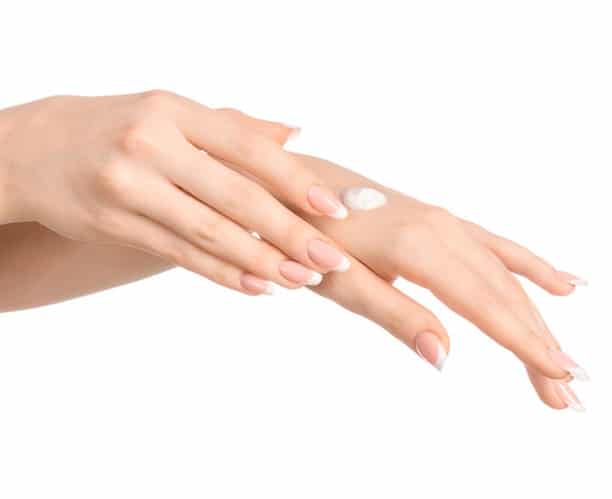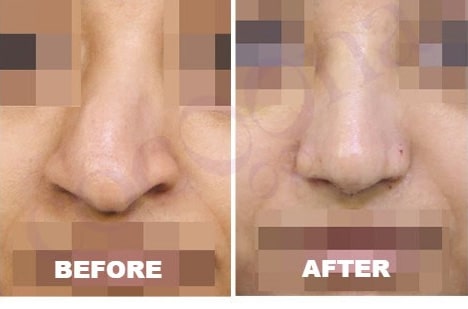In a heart-wrenching turn of events, Mohammed Garba, an ambitious teenager from Katsina, Nigeria, saw his dreams of becoming an Emirates airline pilot shatter in the flames of a gas explosion. The explosion left him with severe burns on his face, arms, and legs, causing unimaginable pain and devastating injuries. But amidst the despair, a glimmer of hope emerged when Dr. Sanjay Parashar, a pioneering plastic surgeon based in Dubai, stepped in with innovative stem cell treatments to mend the ravaged skin.
Mr. Garba’s journey began in his hometown, where he was assisting his father with eggs in an incubator when the explosion occurred. Rushed to a local hospital and later flown to Cairo for skin grafts, his initial treatments proved futile, leaving him in despair and unable to pursue his passion for aviation. Despite the setbacks, Mr. Garba persevered, reaching out to Dr. Sanjay Parashar through Instagram in a desperate search for a solution.
Upon consultation, Dr. Parashar recognized the critical error in Mr. Garba’s treatment – the frequent changing of dressings hindering the healing process. Implementing a new approach, Dr. Parashar performed two new skin grafts, employing cutting-edge techniques such as small pinch skin grafts, blister grafts, and artificial dermis to expedite healing and improve mobility.
Central to Dr. Parashar’s methodology was harnessing the power of stem cells, utilizing them to stimulate rapid skin regeneration and bolster the body’s natural healing mechanisms. With meticulous care and expertise, Dr. Parashar not only treated Mr. Garba’s physical wounds but also reignited the flames of hope for his future aspirations.
In a remarkable display of compassion, Dr. Parashar waived his usual medical fees, allowing Mr. Garba to focus on his recovery without the burden of exorbitant expenses. Supported by his older brother, Umar, Mr. Garba remains in Dubai, determined to extend his visa and continue his journey toward healing and rehabilitation.
Despite the arduous road ahead, Mr. Garba refuses to relinquish his dreams of soaring through the skies as a commercial airline pilot. With unwavering determination and the support of compassionate professionals like Dr. Sanjay Parashar, he remains steadfast in his belief that one day, he will conquer the skies.
In the face of adversity, stories like Mohammed Garba’s serve as a poignant reminder of the resilience of the human spirit and the transformative power of medical innovation. Through unwavering dedication and groundbreaking treatments, Dr. Sanjay Parashar exemplifies the essence of compassionate healthcare, restoring hope and rebuilding lives, one patient at a time.






